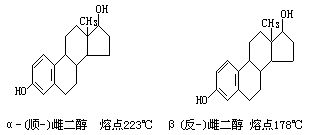Preparation of Screen-Printed Electrochemical Immunosensors for Estradiol, and Their Application in Biological Fluids
互联网
1365
The method of fabrication of a prototype electrochemical immunosensor for estradiol (E2 ) is described. Methodologies are also given for colorimetric assays, which can be used to verify and optimize reagent performance, prior to their use in the electrochemical immunoassay: these include an E2 ELISA and a colorimetric assay performed on the immunosensor surface. The electrochemical immunosensor system uses screen-printed carbon electrodes (SPCEs) upon which antibody against E2 is immobilized. Antibodies (rabbit anti-mouse IgG, then monoclonal mouse anti-E2 ) are immobilized by passive adsorption onto the working electrode surface. A competitive immunoassay is then performed using an alkaline-phosphatase-labeled E2 conjugate. Electrochemical measurements are performed using differential pulse voltammetry (DPV) to detect the production of 1-naphthol from 1-naphthyl phosphate. The calibration plot of DPV peak current vs. E2 concentration shows a measurable range of 25–500 pg/mL with a detection limit of 50 pg/mL. The immunosensor can be applied to the determination of E2 in spiked serum, following an extraction step with diethyl ether.










